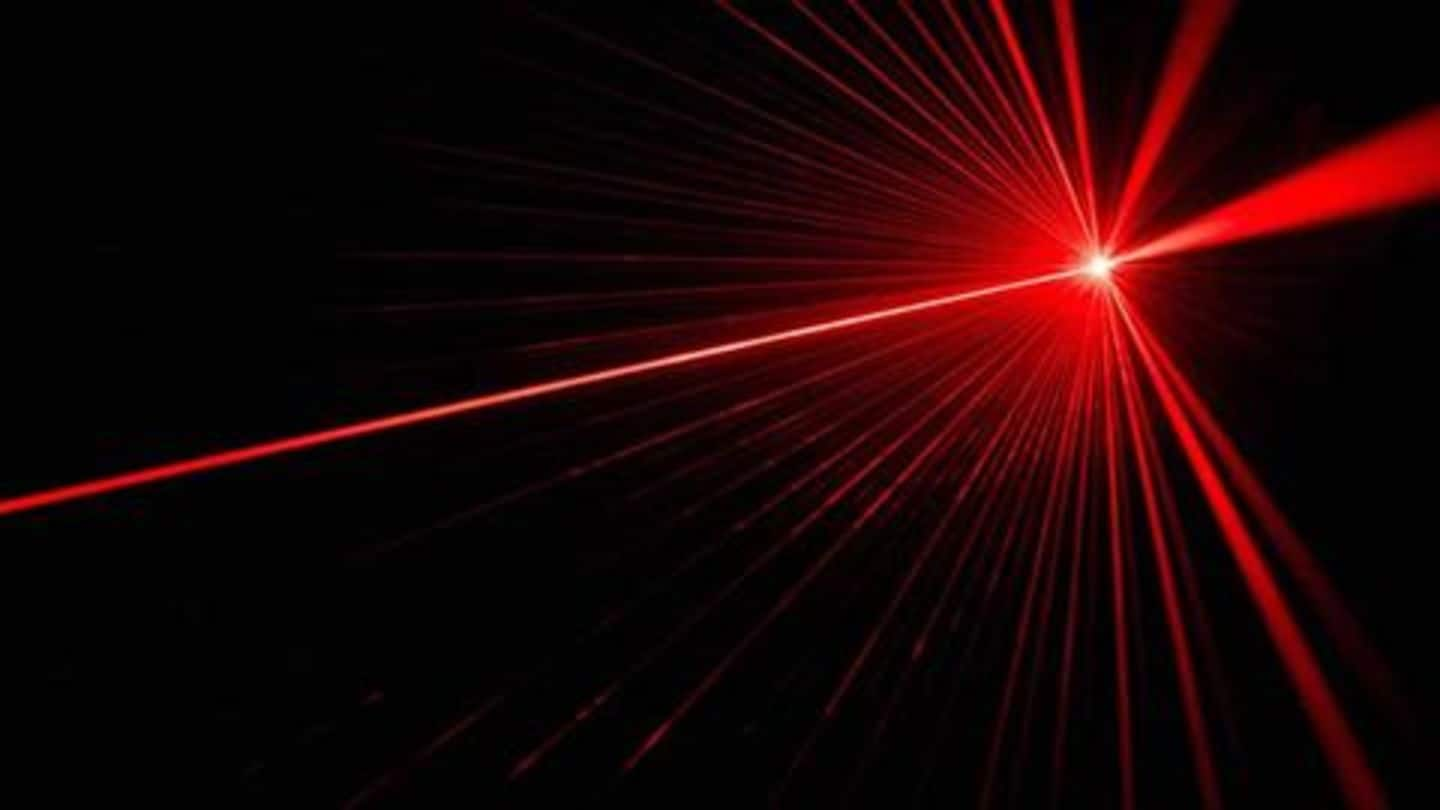
Pentagon's laser can read heartbeats to identify people: Here's how
What's the story
Amid growing privacy-related concerns, a scary report has revealed that the Pentagon has developed a laser that can identify people by scanning their heartbeats. The device, which has been developed for the US Special Forces, can be used to identify a person, say a suspect or terrorist, from as far as 200m, without even seeing their face. Here's all about the laser.
Cardiac signatures
Every individual has a unique cardiac signature
Modern-day identification techniques revolve around recognizing an individual with their fingerprint, face, or gait. The methods are fairly common but there's no denying that a person can easily mask or alter their face, fingerprint, or gait to hide. This is why the US Special Forces have turned towards detecting cardiac signature, which is unique to every individual and cannot be altered/hidden in any way.
Tech
Pentagon developed a way to read heartbeats
On the request of Special Forces, the Pentagon has developed an infrared laser that reads a person's cardiac signature to identify them. The device, dubbed Jetson, uses a technique called laser vibrometry to detect minute patterns of skin movement (near chest area) caused by the heartbeat. It is still a work in progress but delivered 95% accurate result when tested in the right conditions.
Detection
Jetson can detect heartbeat from 200m away
In its current configuration, Jetson can detect the heartbeat of a person by transmitting the laser from a distance of nearly 200m. However, the researchers involved in the project say the technology could be evolved with a better laser to work in longer ranges. If that happens, the system could easily be leveraged by the military for tracking down suspects, terrorists through drones.
Drawbacks
More developments to be made
Along with range, Pentagon also has to ensure that Jetson is fast and capable enough to work in different situations. Currently, the report says, the system takes 30 seconds to collect necessary information for heartbeat detection, meaning it can only work for a sitting or standing person. Plus, it can only scan through typical clothing like shirts/jackets, not thicker garments.